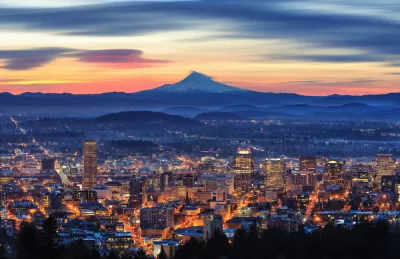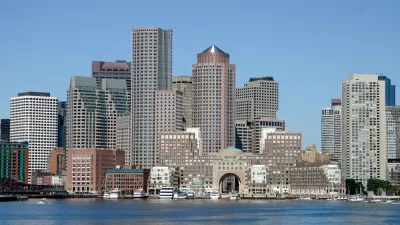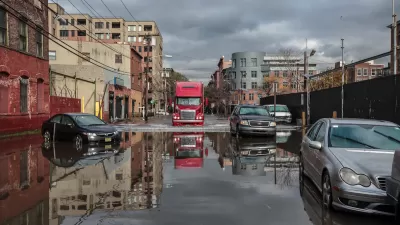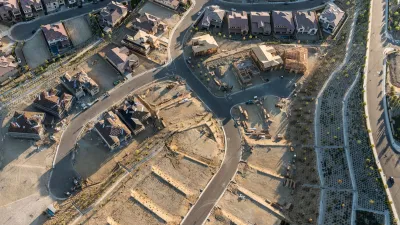A draft plan outlines suggested actions to build resilience, minimize carbon emissions, and protect vulnerable residents from extreme weather events.

The Portland City Council has released a draft 43-step plan to address the city’s climate emergency, declared in 2020. According to an article in Smart Cities Dive by Maria Rachal, the final plan will serve as the city’s climate action plan until 2025.
The plan seeks to target local emissions linked to electricity supply, buildings, transportation, and industry. It also attempts to minimize carbon related to the consumption of food, goods and materials; sequester carbon in trees and green spaces; and build community resilience to the impacts of climate change, particularly among the most vulnerable people.
“The city has two main carbon-reduction targets: cut carbon dioxide emissions 50% or more from 1990 levels by 2030 and achieve net-zero carbon emissions by 2050.” Priority actions listed in the plan include investments in community-owned renewable power generation, energy-efficient retrofits on multifamily buildings, and ‘resilience centers’ built to protect residents during extreme weather, power outages, and other emergencies.
According to Rachal, “The work plan’s steps are not currently binding and have yet to be funded. Over the next three years, city bureaus and departments are to request funding and approvals from the city council.”
FULL STORY: To address its climate emergency, Portland, Oregon, lays out a 43-step plan

Trump Administration Could Effectively End Housing Voucher Program
Federal officials are eyeing major cuts to the Section 8 program that helps millions of low-income households pay rent.

Planetizen Federal Action Tracker
A weekly monitor of how Trump’s orders and actions are impacting planners and planning in America.

Ken Jennings Launches Transit Web Series
The Jeopardy champ wants you to ride public transit.

Washington Legislature Passes Rent Increase Cap
A bill that caps rent increases at 7 percent plus inflation is headed to the governor’s desk.

From Planning to Action: How LA County Is Rethinking Climate Resilience
Chief Sustainability Officer Rita Kampalath outlines the County’s shift from planning to implementation in its climate resilience efforts, emphasizing cross-departmental coordination, updated recovery strategies, and the need for flexible funding.

New Mexico Aging Department Commits to Helping Seniors Age ‘In Place’ and ‘Autonomously’ in New Draft Plan
As New Mexico’s population of seniors continues to grow, the state’s aging department is proposing expanded initiatives to help seniors maintain their autonomy while also supporting family caregivers.
Urban Design for Planners 1: Software Tools
This six-course series explores essential urban design concepts using open source software and equips planners with the tools they need to participate fully in the urban design process.
Planning for Universal Design
Learn the tools for implementing Universal Design in planning regulations.
Heyer Gruel & Associates PA
Ada County Highway District
Institute for Housing and Urban Development Studies (IHS)
City of Grandview
Harvard GSD Executive Education
Toledo-Lucas County Plan Commissions
Salt Lake City
NYU Wagner Graduate School of Public Service





























